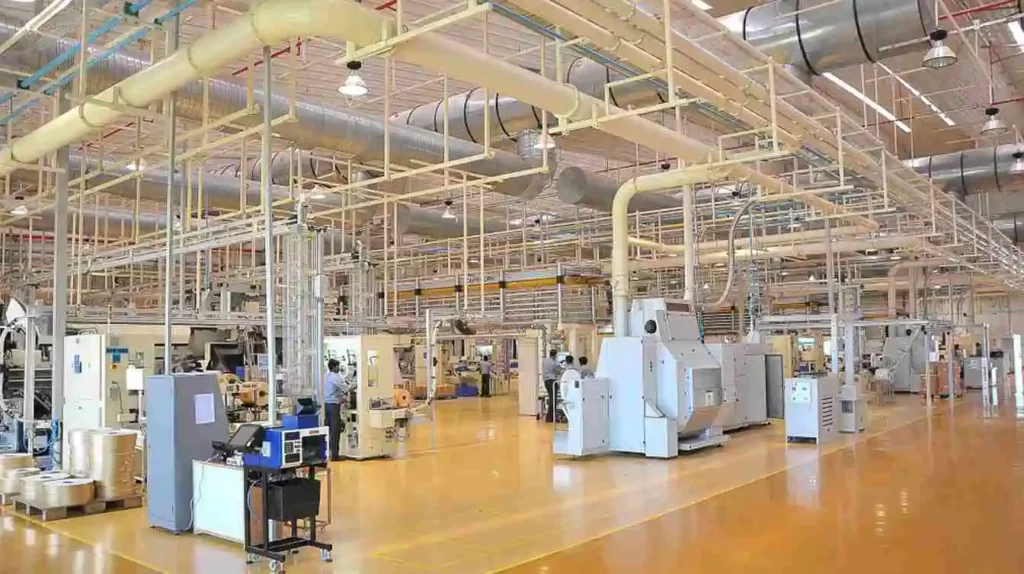Quality assurance is paramount in every manufacturing industry, and the cigarette manufacturing sector is no exception. In this article, we’ll delve into the crucial role of visual inspection systems in ensuring the highest standards of quality throughout the cigarette manufacturing process.
Introduction
The cigarette manufacturing industry operates in a highly regulated environment where product quality is of utmost importance. Manufacturers face various challenges in maintaining consistent quality, ranging from raw material variations to complex production processes. Visual inspection systems have emerged as a game-changer in addressing these challenges and ensuring a flawless manufacturing process.
Challenges in Cigarette Manufacturing
Cigarette manufacturers encounter numerous challenges that can compromise the quality of their products. Variability in tobacco leaves, machine malfunctions, and the potential for contamination are just a few examples. These challenges highlight the need for advanced quality assurance methods, and visual inspection systems prove to be a reliable solution.
Visual Inspection Systems: A Game-Changer
Visual inspection systems involve the use of advanced technologies, such as cameras and sensors, to analyze and assess product quality. Unlike traditional quality control methods, visual inspection allows for real-time monitoring, early defect detection, and prevention of substandard products from reaching the market.
Technological Advancements
Recent technological advancements have significantly enhanced the capabilities of visual inspection systems. Artificial intelligence (AI) and machine learning algorithms enable these systems to adapt and improve over time, providing manufacturers with a cutting-edge tool for quality assurance.
Integration of Visual Inspection in Cigarette Manufacturing
To maximize the benefits of visual inspection, manufacturers must seamlessly integrate these systems into their production processes. This involves careful planning, staff training, and creating a robust infrastructure that supports the implementation of visual inspection at various stages of manufacturing.
Ensuring Compliance with Industry Standards
The cigarette manufacturing industry is subject to strict regulations and standards. Visual inspection systems play a crucial role in ensuring compliance with these regulations, reducing the risk of legal issues and safeguarding the reputation of manufacturers.
Cost-Effectiveness of Visual Inspection
While the initial investment in visual inspection systems may seem significant, the long-term cost savings outweigh the expenses. Early defect detection reduces the number of defective products, minimizes production downtime, and ultimately leads to a more cost-effective manufacturing process.
Training and Skill Development
Successful implementation of visual inspection systems requires a skilled workforce. Training programs should be implemented to educate personnel on the proper use of these systems, ensuring optimal performance and maximizing the benefits of visual inspection.
Continuous Improvement and Adaptability
To stay ahead in a rapidly evolving industry, manufacturers must commit to continuous improvement. Regularly updating and adapting visual inspection systems to incorporate the latest technologies ensures sustained success in quality assurance.
Environmental Impact
Reducing the number of defective products through visual inspection has a positive environmental impact. It minimizes waste and contributes to sustainable manufacturing practices, aligning with the growing global focus on environmental responsibility.
Consumer Confidence and Brand Reputation
Visual inspection not only ensures product quality but also builds consumer confidence. A positive brand image is crucial in a competitive market, and visual inspection plays a pivotal role in establishing and maintaining that positive image.
Future Trends in Quality Assurance
The future of quality assurance in the cigarette manufacturing industry holds exciting possibilities. Predictions include advancements in sensor technologies, increased automation, and the integration of data analytics for even more precise quality control.
Challenges in Implementation
Despite the numerous benefits of visual inspection systems, manufacturers may face challenges in their implementation. Overcoming resistance to change, addressing technical issues, and ensuring compatibility with existing systems are common obstacles that require strategic planning.
Conclusion
In conclusion, visual inspection systems have revolutionized quality assurance in the cigarette manufacturing industry. From addressing common challenges to ensuring compliance with industry standards, these systems contribute significantly to the overall success and sustainability of manufacturers. For further inquiries or a demo, you can Contact Trident Information Systems. Follow our LinkedIn page for the latest insights and updates on how VIS are revolutionizing Cigarette Manufacturing Industry.
FAQs
- Are visual inspection systems only beneficial for large cigarette manufacturers? Visual inspection systems can benefit manufacturers of all sizes, providing scalable solutions tailored to the specific needs of each operation.
- How do visual inspection systems contribute to sustainability in cigarette manufacturing? By reducing the number of defective products, visual inspection system minimize waste and contribute to more environmentally sustainable manufacturing practices.
- What role does artificial intelligence play in visual inspection system for cigarette manufacturing? AI enhances the capabilities of visual inspection system by enabling them to learn, adapt, and improve over time, leading to more accurate and efficient quality assurance.
- Can visual inspection systems be retrofitted into existing manufacturing processes? Yes, visual inspection system are designed to be adaptable and can often be integrated into existing manufacturing processes with proper planning and implementation.
- How quickly can manufacturers expect to see the benefits of implementing visual inspection system? The timeline for realizing the benefits of visual inspection system varies but is generally relatively quick, with manufacturers experiencing improvements in quality and efficiency within a short period.


